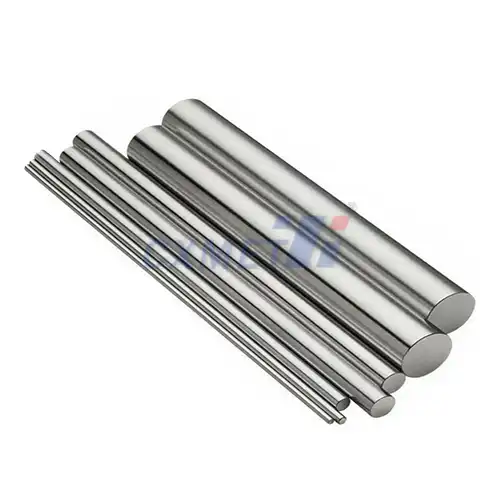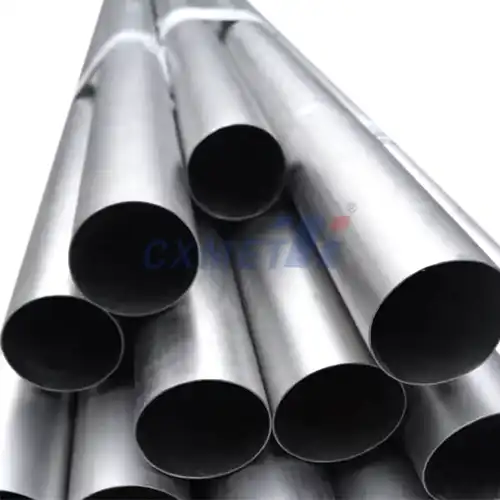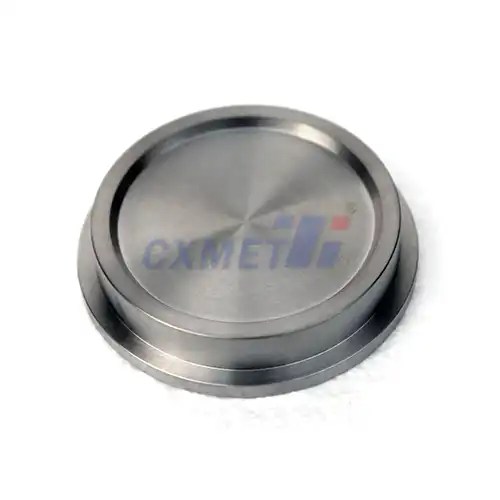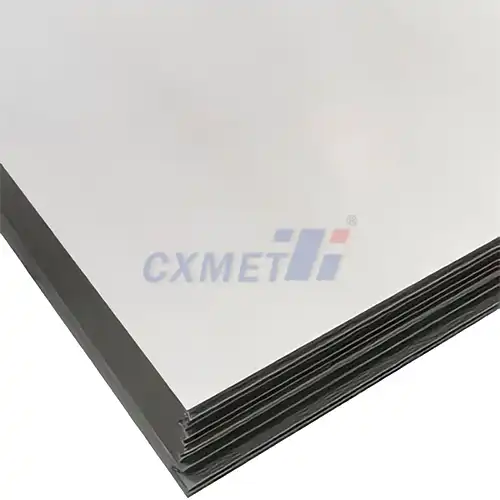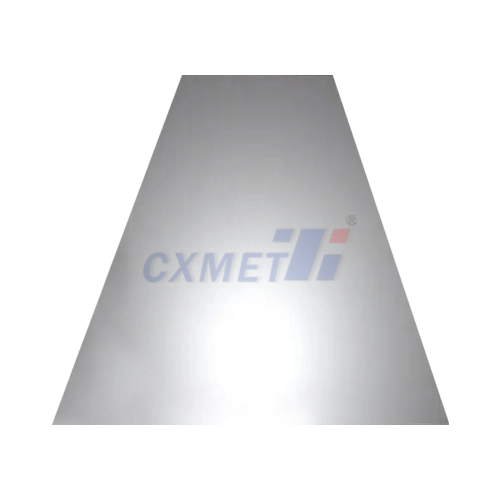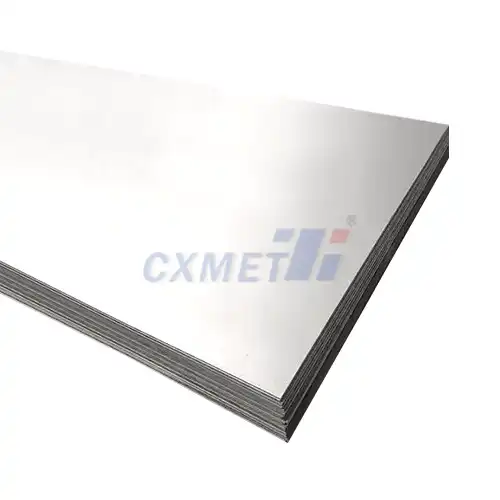- English
- French
- German
- Portuguese
- Spanish
- Russian
- Japanese
- Korean
- Arabic
- Greek
- German
- Turkish
- Italian
- Danish
- Romanian
- Indonesian
- Czech
- Afrikaans
- Swedish
- Polish
- Basque
- Catalan
- Esperanto
- Hindi
- Lao
- Albanian
- Amharic
- Armenian
- Azerbaijani
- Belarusian
- Bengali
- Bosnian
- Bulgarian
- Cebuano
- Chichewa
- Corsican
- Croatian
- Dutch
- Estonian
- Filipino
- Finnish
- Frisian
- Galician
- Georgian
- Gujarati
- Haitian
- Hausa
- Hawaiian
- Hebrew
- Hmong
- Hungarian
- Icelandic
- Igbo
- Javanese
- Kannada
- Kazakh
- Khmer
- Kurdish
- Kyrgyz
- Latin
- Latvian
- Lithuanian
- Luxembou..
- Macedonian
- Malagasy
- Malay
- Malayalam
- Maltese
- Maori
- Marathi
- Mongolian
- Burmese
- Nepali
- Norwegian
- Pashto
- Persian
- Punjabi
- Serbian
- Sesotho
- Sinhala
- Slovak
- Slovenian
- Somali
- Samoan
- Scots Gaelic
- Shona
- Sindhi
- Sundanese
- Swahili
- Tajik
- Tamil
- Telugu
- Thai
- Ukrainian
- Urdu
- Uzbek
- Vietnamese
- Welsh
- Xhosa
- Yiddish
- Yoruba
- Zulu
What You Need to Know About MMO Probe Anodes?
2024-08-02 17:48:48
Mixed Metal Oxide (MMO) probe anodes are essential components in cathodic protection systems, widely used to prevent corrosion in various industries. These anodes play a crucial role in safeguarding metal structures exposed to corrosive environments, such as pipelines, storage tanks, and marine installations. Understanding the properties, applications, and benefits of MMO probe anodes is vital for engineers, corrosion specialists, and industry professionals seeking effective corrosion prevention solutions.
How do MMO probe anodes work in cathodic protection systems?
Mixed Metal Oxide (MMO) probe anodes are advanced electrodes designed to deliver superior performance in cathodic protection systems. These anodes work by introducing a controlled electric current into the protected structure, effectively shifting its electrochemical potential to a more negative value. This process, known as cathodic polarization, prevents the metal from corroding by making it the cathode in the electrochemical cell formed with the surrounding environment.
The working principle of MMO probe anodes is based on the concept of impressed current cathodic protection (ICCP). In this system, the MMO anode acts as the positively charged electrode, while the metal structure to be protected serves as the negatively charged cathode. When an external power source supplies direct current to the system, electrons flow from the anode to the cathode, creating a protective current that prevents the metal from losing electrons and thus corroding.
MMO probe anodes are typically composed of a titanium substrate coated with a mixture of precious metal oxides, such as iridium, ruthenium, and tantalum. This specialized coating allows for efficient electron transfer and provides excellent durability in harsh environments. The probe design of these anodes enables them to be easily inserted into the electrolyte (soil or water) surrounding the protected structure, ensuring optimal current distribution and protection coverage.
One of the key advantages of MMO probe anodes is their low consumption rate, which means they can operate for extended periods without significant deterioration. This characteristic makes them ideal for long-term cathodic protection applications, reducing maintenance requirements and overall system costs. Additionally, MMO probe anodes offer high current output capacity, allowing them to protect large metal structures effectively.
The effectiveness of MMO probe anodes in cathodic protection systems depends on several factors, including the anode's placement, the characteristics of the surrounding environment, and the proper design of the overall protection system. Corrosion engineers typically conduct thorough site surveys and employ advanced modeling techniques to determine the optimal number, size, and positioning of MMO probe anodes for maximum protection efficiency.
In practice, MMO probe anodes are often used in conjunction with reference electrodes and potential monitoring systems to ensure that the protected structure maintains the desired level of cathodic polarization. This continuous monitoring allows for real-time adjustments to the protection current, ensuring optimal corrosion prevention throughout the system's lifespan.
What are the advantages of using MMO probe anodes over traditional anodes?
MMO probe anodes offer several significant advantages over traditional anodes, making them a preferred choice in many cathodic protection applications. Understanding these benefits is crucial for professionals seeking to implement effective and efficient corrosion prevention strategies.
One of the primary advantages of MMO probe anodes is their exceptional durability and longevity. Unlike traditional anodes made of materials such as graphite or high-silicon cast iron, MMO anodes have a much lower consumption rate. This means they can operate for extended periods, often lasting 20 years or more, without significant degradation. The extended lifespan of MMO probe anodes translates to reduced maintenance requirements and lower long-term costs for cathodic protection systems.
Another key benefit is the high current output capacity of MMO probe anodes. These anodes can deliver significantly higher current densities compared to traditional anodes, allowing for more effective protection of larger metal structures or those in highly corrosive environments. This high output capacity also means that fewer anodes may be required to achieve the desired level of protection, potentially simplifying system design and reducing installation costs.
MMO probe anodes also exhibit superior performance in various electrolytes, including soil, freshwater, and seawater. Their ability to function effectively in different environments makes them versatile solutions for a wide range of cathodic protection applications. This adaptability is particularly valuable in complex projects where protected structures may span multiple types of corrosive environments.
The dimensional stability of MMO probe anodes is another significant advantage. Unlike some traditional anodes that can change shape or size as they consume over time, MMO anodes maintain their form throughout their operational life. This stability ensures consistent current distribution and protection effectiveness, eliminating the need for frequent system adjustments or anode replacements.
MMO probe anodes also offer excellent resistance to chemical attack and passivation. The specialized oxide coating on these anodes provides a protective barrier against aggressive chemical environments, ensuring sustained performance even in challenging conditions. This resistance to passivation means that MMO anodes continue to operate efficiently without forming insulating layers that could impede current flow.
From an environmental perspective, MMO probe anodes are considered more eco-friendly than some traditional alternatives. They do not release harmful byproducts as they operate, and their long lifespan reduces the frequency of replacements, minimizing waste generation and the environmental impact associated with anode production and disposal.
The compact design of MMO probe anodes offers practical advantages in terms of installation and system design flexibility. Their slim profile allows for easier insertion into the ground or placement in confined spaces, making them suitable for a wide range of application scenarios, including retrofit projects where space may be limited.
Lastly, MMO probe anodes provide more uniform current distribution compared to traditional anodes. This characteristic ensures more consistent protection across the entire surface of the protected structure, reducing the risk of localized corrosion or under-protected areas.
How do you properly install and maintain MMO probe anodes for optimal performance?
Proper installation and maintenance of MMO probe anodes are crucial for ensuring their optimal performance and longevity in cathodic protection systems. Following best practices in these areas can significantly enhance the effectiveness of corrosion prevention efforts and maximize the return on investment in cathodic protection infrastructure.
The installation process for MMO probe anodes begins with a thorough site assessment and system design. Corrosion engineers must consider factors such as soil resistivity, groundwater conditions, and the geometry of the protected structure to determine the optimal number and placement of anodes. Proper spacing and depth of installation are critical to achieving uniform current distribution and effective protection.
When installing MMO probe anodes, it's essential to ensure good electrical contact with the surrounding electrolyte. This often involves backfilling the anode with a specialized conductive material, such as coke breeze or a mixture of bentonite and gypsum. The backfill material helps to reduce the anode-to-earth resistance and promotes even current distribution. Care must be taken to avoid contamination of the backfill material, as this could impact the anode's performance.
Proper wiring and connections are crucial for the effective operation of MMO probe anodes. All electrical connections should be securely made and properly insulated to prevent moisture ingress and potential short circuits. The use of high-quality, corrosion-resistant cables and connectors is essential to ensure the longevity of the electrical system.
In many installations, MMO probe anodes are used in conjunction with permanent reference electrodes. These reference electrodes allow for continuous monitoring of the protected structure's potential, enabling precise control of the cathodic protection system. Proper placement and calibration of these reference electrodes are critical for accurate monitoring and system adjustment.
Once installed, regular maintenance and monitoring are essential for ensuring the continued effectiveness of MMO probe anodes. This typically involves periodic inspections to check for physical damage, corrosion of connecting hardware, or signs of soil movement that could affect anode performance. Electrical measurements, including anode current output and structure-to-electrolyte potential, should be taken regularly to verify that the system is operating within design parameters.
One of the key aspects of maintaining MMO probe anodes is ensuring that they remain free from physical obstructions or coatings that could impede current flow. In some environments, mineral deposits or biological growths may accumulate on the anode surface over time. Regular cleaning or removal of these deposits may be necessary to maintain optimal performance.
Proper adjustment of the cathodic protection system's power output is another critical maintenance task. As environmental conditions or the protected structure's characteristics change over time, it may be necessary to adjust the current output to maintain adequate protection levels. This often involves periodic surveys and potential measurements to ensure that the structure is receiving sufficient cathodic protection without overprotection, which can lead to coating damage or other issues.
In some cases, the surrounding soil or backfill material may become depleted of moisture or electrolytes over time, particularly in arid environments. Periodic replenishment of the backfill or addition of water to the anode bed may be necessary to maintain good electrical contact and ensure continued effective operation of the MMO probe anodes.
Long-term performance monitoring and data analysis are valuable practices for optimizing the maintenance of MMO probe anodes. By tracking system performance over time, operators can identify trends, predict potential issues before they become critical, and make informed decisions about system upgrades or anode replacements.
At SHAANXI CXMET TECHNOLOGY CO., LTD, we take pride in our extensive product range, which caters to diverse customer needs. Our company is equipped with outstanding production and processing capabilities, ensuring the high quality and precision of our products. We are committed to innovation and continuously strive to develop new products, keeping us at the forefront of our industry. With leading technological development capabilities, we are able to adapt and evolve in a rapidly changing market. Furthermore, we offer customized solutions to meet the specific requirements of our clients. If you are interested in our products or wish to learn more about the intricate details of our offerings, please do not hesitate to contact us at sales@cxmet.com. Our team is always ready to assist you.
References:
1. Revie, R. W., & Uhlig, H. H. (2008). Corrosion and corrosion control: an introduction to corrosion science and engineering. John Wiley & Sons.
2. Baeckmann, W. V., Schwenk, W., & Prinz, W. (1997). Handbook of cathodic corrosion protection. Gulf Professional Publishing.
3. Burstein, G. T. (2005). Passivity and localized corrosion. Corrosion Science, 47(12), 2858-2870.
4. Lasia, A. (2014). Electrochemical impedance spectroscopy and its applications. Springer.
5. Angst, U., Elsener, B., Larsen, C. K., & Vennesland, Ø. (2009). Critical chloride content in reinforced concrete—a review. Cement and concrete research, 39(12), 1122-1138.
6. Barlo, T. J., & Berry, W. E. (1984). An assessment of the current criteria for cathodic protection of buried steel pipelines. Materials Performance, 23(9), 9-16.
7. Roberge, P. R. (2008). Corrosion engineering: principles and practice. McGraw-Hill Professional.
8. Cramer, S. D., & Covino Jr, B. S. (Eds.). (2003). ASM handbook, volume 13A: corrosion: fundamentals, testing, and protection. ASM international.
9. Jones, D. A. (1996). Principles and prevention of corrosion. Prentice Hall.
10. Marcus, P. (Ed.). (2011). Corrosion mechanisms in theory and practice. CRC press.
